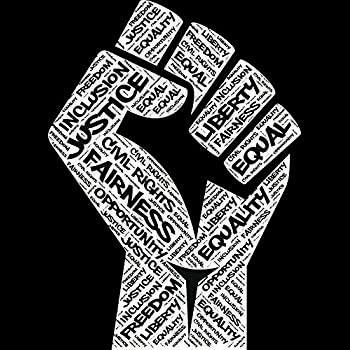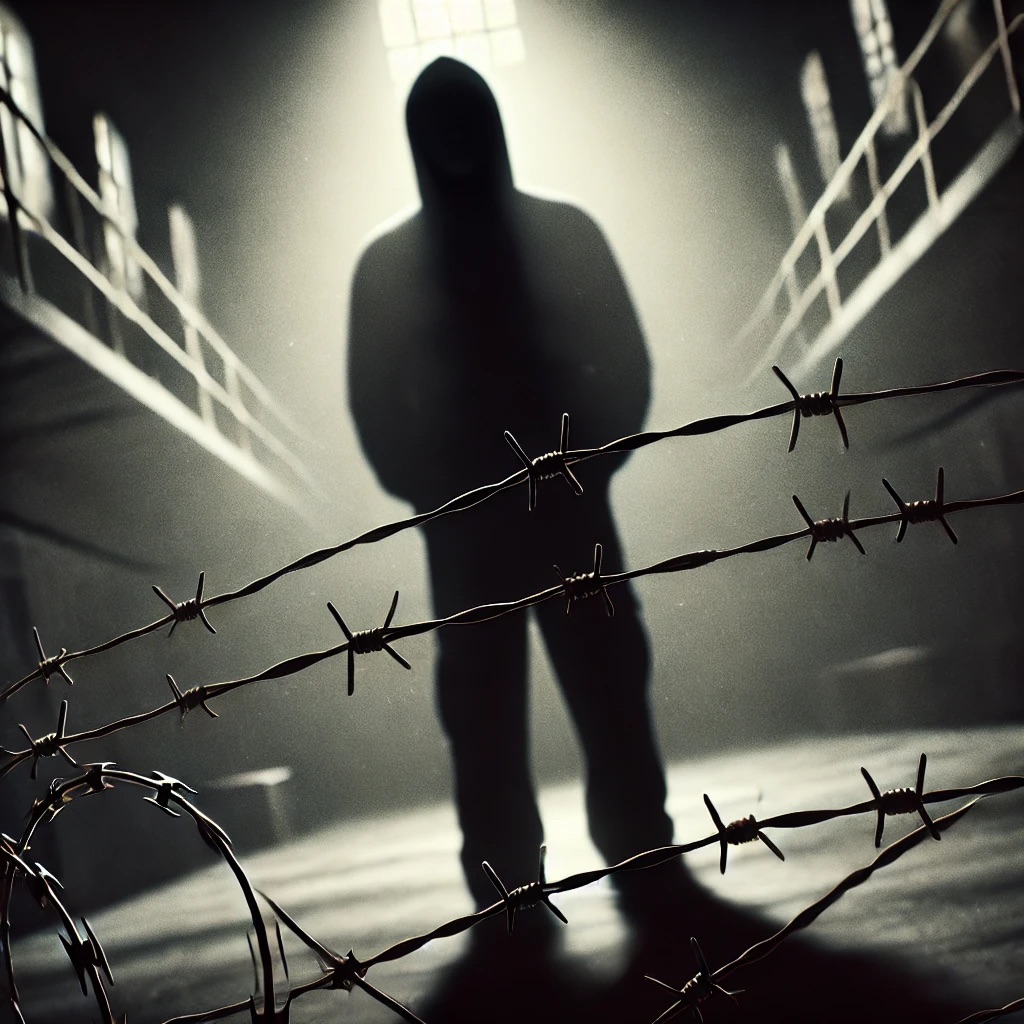Melissa “Melly Mel” Atwell Holder didn’t come to the U.S. to disappear. The 31-year-old activist from Guyana fled to the U.S. last year, seeking safety after receiving threats tied to her fierce criticism of her home country’s political establishment. But safety was never what this country promised her. On March 20, 2025, she was detained by ICE in Louisiana—part of Trump’s sweeping mass deportation efforts that have once again cast entire communities under suspicion. Her only crime? Being a Black woman with a voice. She now awaits a March 28 hearing, locked inside a system that would rather silence her than listen.
Another recent case reveals just how easily public safety rhetoric becomes a tool of racialized suspicion and cruelty. E.M., a 29-year-old Venezuelan refugee, was legally granted entry into the U.S. after fleeing political persecution and surviving two years of instability in Colombia. But upon arrival in Houston this January, an immigration officer asked a single question: “Do you have any tattoos?” Despite a clean record and full refugee approval, E.M.’s tattoos—a soccer ball, crown, and palm tree—were arbitrarily flagged as gang-related. He was detained for months and eventually deported to El Salvador, where he now languishes in a maximum-security prison notorious for human rights abuses. His only crime was looking like someone the U.S. deemed dangerous.
These aren’t isolated incidents. They’re not bureaucratic errors or missteps. They’re warnings—and they follow a long, familiar playbook.
Both the Drug War and the rise of crimigration—the entangling of immigration enforcement with the criminal legal system—operate under the same cynical logic: claim it’s about public safety, but build it to control populations deemed undesirable. Both rely on the criminalization of identity, on the weaponization of “law and order,” and on the ability of the state to cage, deport, and disappear people without real accountability.
The War on Drugs didn’t just target substances. It targeted neighborhoods. It targeted race. Black and Brown communities were flooded with militarized policing, while white suburban users were offered treatment. Politicians promised safety, but delivered prisons.
Crimigration works the same way. It paints immigrants as criminals, conflating visa overstays or border crossings with violence. In reality, many are asylum seekers. Survivors. Workers. Mothers. Organizers. And yet ICE raids, family separations, and indefinite detention are all carried out under the false promise of making America safer.
But let’s ask: who gets protected by these policies? And who gets punished?
When activists like Melissa Atwell Holder are locked up for dissenting, and immigrant leaders are arrested for organizing, the mask slips. These systems aren’t broken—they’re functioning exactly as intended.
Safety doesn’t come from borders or bars. It comes from dignity. From community. From justice. If we want a future rooted in liberation, we must stop mistaking punishment for protection—and start listening to the people these systems are trying to erase.

